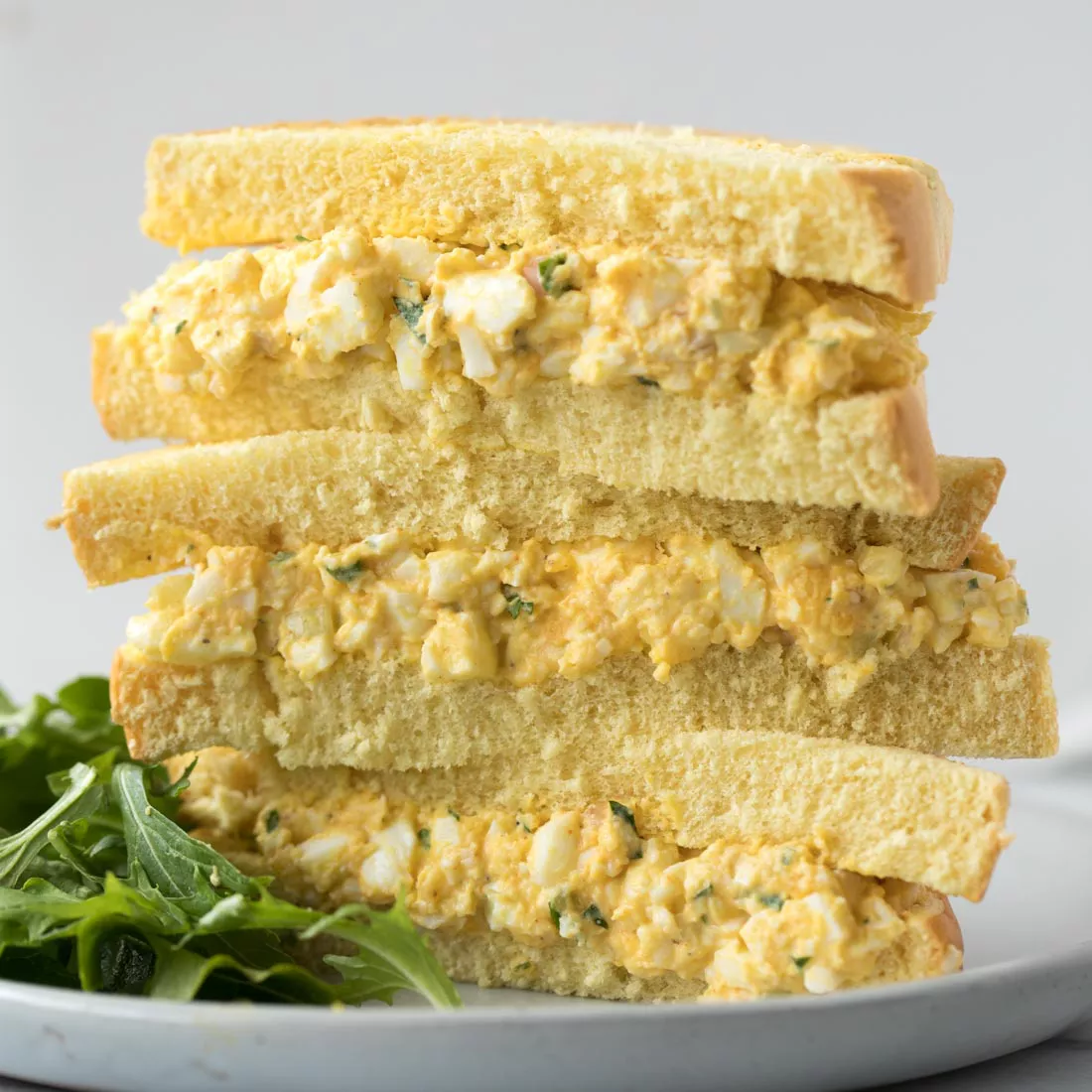June 2024

You've always wanted to come and celebrate the 4th of July at Shangri La! Fortunately for you there are some RV sites still available! While all the rooms have been reserved, we are accepting names for the waiting list. Call today to put your name on the list, or get your RV out of storage, reserve a spot and join us for all the fun!

Shangri La Ranch Welcomes AANR Conventions in August!
Get ready for an exhilarating August at Shangri La Ranch! We’re thrilled to host not one, but two exciting AANR conventions:
AANR West Convention (August 9th to 11th): Join us for camaraderie, learning, and unforgettable moments during the AANR West convention. Whether you’re a seasoned regular or a first-time visitor, this event promises to be education, full of excitement, and LOTS of fun.
NATIONAL AANR Convention (August 12th to 18th): Shangri La is honored to welcome naturists from across the nation for this prestigious convention. Dive into a whirlwind of activities, educational sessions, and bonding experiences. If you share our passion for nudism, you will not want to miss any of this important event!
Reserve Your Spot: Call us today to secure your spot at these remarkable conventions. Let’s make this August the best you've ever had!

On Sunday, May 29th, 2024, Cindy Armstrong hosted a very love-filled, fun and lively tribute to her husband, and our dear friend, Kevin Armstong whom we lost earlier this year. Kevin loved Jamison Whiskey, and everyone had the opportunity to raise a toast to Kevin with some Jamison that Cindy generously provided. "Sky" provided live entertainment, great music and took many requests as he played so many songs that Kevin himself had requested. Cindy organized for 20 pizzas to be delivered for all to share, and followed it up with yummy chocolate chip cookies. Kevin will be sincerely missed by all who knew him. Thank you Cindy for sharing him with all of us, and for sharing his Memorial with all of us on Sunday.

ANNUAL MEMBERSHIP MEETING 7/14/24 8-9AM
The annual membership meeting for members in good standing, will be held on 7/14/24 from 8am to 9am in the clubhouse. Please plan to attend this important annual meeting!

Your body needs to be hydrated to function at its best. If there isn't enough liquid in your body, essential functions like circulation don't perform as smoothly and your organs won't get necessary nutrients, resulting in less efficient performance. Dehydration can affect your mood among many other things.
Dehydration can lead to serious complications, including: Heat injury. If you don't drink enough fluids when you're exercising vigorously and perspiring heavily, you may end up with a heat injury, ranging in severity from mild heat cramps to heat exhaustion or potentially life-threatening heatstroke.
Symptoms of dehydration include:
- Extreme thirst
- Less frequent urination
- Dark-colored urine
- Fatigue
- Dizziness
- Confusion
As the temperatures rise, we are all at risk for dehydration. Alcohol can increase this risk. Alcohol has a dehydrating effect on the body, especially when a person consumes it in large quantities. Let's all make sure we remember to drink plenty of water!

A VERY special shout-out, thank you, kudos, and mountains of appreciation from management and everyone at the ranch goes out to MARSHA AND CHRIS for their tireless work helping to beautify the ranch! These gals have done many hours of back breaking weed pulling in these last few weeks, so let's all take a moment to thank them the next time you see them!

Summer Travel Opportunity!
Glen Eden Sun Club in Temescal Valley, California, is reviving a historic event geared towards strengthening bonds between landed and non-landed clubs throughout the state and western region. The weekend, June 14-16, will include a welcome reception, a Saturday brunch, presentations, hiking, music, and overall nudist camaraderie and connection. To view the most recent version of the schedule, incentives for participation, history of the event, and to RSVP, please use the link. https://wnrl.org/operation-handshake/
For reservations and accommodation information contact the Glen Eden office. Finally, over Operation Handshake weekend, GE is hosting many activities that you may want to participate in. Here here is the full event calendar: https://www.gleneden.com/calendar2

Trash Talk by Andy Walden
Ever wondered what is recyclable and what is not? The Ranch has two big recycling bins located next to the trash compactor at the south end of the property, as well as several blue bins around the public areas, and it is amazing how fast they fill!
That’s great because it means our residents and guests are helping to keep reusable items out of the landfill; but not everything that is tossed into the bins belong there.
The three basic rules are: Recycle bottles, cans, paper and cardboard; keep food and liquid out of recycling; no loose plastic bags or bagged recyclables.
Rule № 1 is easy – Almost all glass bottles and aluminium cans, cardboard boxes and old envelopes, and other usual items can be recycled. However, all cardboard boxes must be flattened! Also, make sure these items are relatively clean, which leads into the next rule.
Rule № 2 is a little tougher – Cockroaches and flies love old food and especially stale beer. Help keep the bins and surrounding areas clean by washing or rinsing your bottles, cans and jars. Old pizza boxes and any container with food, crumbs or stains go into the trash.
Rule № 3 might be confusing – Trash bags, loose or filmy plastic, and items such as bubble-wrap mailers can fly around and get caught in the ventilation system at the transfer station, so they are not allowed. Empty your recyclables into the bin and throw away the plastic bag.
Guidelines for recyclable and non-recyclable items are posted on the front of the bins. Waste Management can and will levy fines on Shangri La Ranch for gross violations of their recycling rules. This is why Ranch staff spends a lot of time each day sieving through our bins looking for unacceptable stuff like automobile and rv parts, broken appliances, household garbage, medical devices, tattered clothing, used furniture, and a few things we would rather not mention. Some of us may remember when Patty and Cyndi brought a collection of junk to the annual Membership Meeting a few years ago. Not a pretty sight!
Please keep up the great job of sorting and recycling – and help us maintain good relations with our recycling company by following their three basic rules.

Suguaro Cactus
The natural symbol of our home in this part of Arizona is of course, the Suguaro Cactus. It's extremely unique and grow only in select parts of the Sonoran Desert - no where else on earth! What a privilege is to live where are there are so many!
Here is some informaiton from our National Park Service about this treasured species:
The saguaro cactus, Carnegiea gigantea, only grows in the Sonoran Desert, but not in all parts. Saguaros need a perfect balance of heat and rainfall to thrive. Freezing temperatures can be greatly detrimental to the health of a saguaro, and climate is the main determinate of saguaro range. Thus, they are limited to a specific area within the Sonoran Desert, ranging mostly from central Arizona down into Sonora, Mexico.
Because they are not keen on the cold temperatures, saguaros are also limited by elevation. They are generally found growing from sea level to approximately 4,500 feet in elevation. Saguaros growing up to 5,000 feet in elevation are usually found on south-facing slopes where freezing temperatures are less likely to occur or are shorter in duration.
Saguaro growth
Saguaros are a very slow growing cactus. In Saguaro National Park, studies indicate that a saguaro grows only a few inches in the first ten years of its life. These tiny, young saguaros are very hard to find since they grow under a “nurse tree,” such as a palo verde, ironwood or mesquite tree. The “nurse” protects the young cactus from summer sun and winter frosts. As the saguaro grows, the older nurse tree may die. As a saguaro begins to age, growth rates vary depending on climate, precipitation and location. At Saguaro National Park, branches normally begin to appear when a saguaro reaches 60 to 75 years of age. In areas of lower precipitation, it may take up to 100 years before arms appear. When a saguaro reaches 35 years of age, it begins to produce flowers. Though normally found at the terminal end of the main trunk and arms, flowers may also occur down the sides of the plant. Flowers will continue to be produced throughout a saguaro’s lifetime. An adult saguaro is generally considered to be about 125 years of age. It may weigh 2 or more tons and be as tall as 50 feet. The average life span of a saguaro is probably 150 - 175 years of age. However, biologists believe that some plants may live over 200 years.
Why are saguaros pleated?
The roots of a saguaro grow out from the plant in a radial fashion, several inches under the ground. During a heavy rain, a saguaro will absorb as much water as its root system allows. To accomodate this potentially large influx of water, the pleats expand like an accordion. Conversely, when the desert is dry, the saguaro uses its stored water and the pleats contract. Because the majority of a saguaro is made up of water, a large plant may weigh 80 pounds for each foot of its main trunk. This tremendous weight is supported by a circular skeleton of interconnected, woody ribs. The number of ribs inside the plant corresponds to the number of pleats on the outside of the plant. As the saguaro grows, the ribs will occasionally fork, and the corresponding pleat will also fork at the same place.
Wildlife interaction
Saguaro cacti are host to a great variety of animals. The gilded flicker and Gila woodpecker excavate nest cavities inside the saguaro’s pulpy flesh. When a woodpecker abandons a cavity, elf owls, screech owls, purple martins, finches and sparrows may move in. Large birds, like the Harris's and red-tailed hawks, also use the saguaro for nesting and hunting platforms. Their stick nests are constructed among the arms of a large saguaro. In turn, ravens and great-horned owls may take over an abandoned hawk nest. Saguaro cacti also provide a valuable source of food for animals. In mid-summer, ripening fruit provides moisture and an energy-rich food during a time of scarcity. In drier areas of the Sonoran Desert, pack rats, jackrabbits, mule deer and bighorn sheep will also eat the saguaro’s flesh when other food and water sources are not available.
Reproduction
In late April through early June, the tops of the saguaro’s trunk and arms sprout a profusion of large, creamy white flowers. Individual flowers open at night and close the following afternoon. To develop into fruits, they must be pollinated within this time frame. Pollination is carried out by nectar feeding bats, birds and insects. Each fruit contains about 2,000 to 3,500 tiny black seeds. When the fruit and seeds are eaten by a coyote or cactus wren, the seeds pass through their digestive system unharmed and are distributed throughout the desert. However, if the seeds are eaten by a dove or quail, they will be completely consumed in the digestive system. It is estimated that a saguaro can produce some 20-40 million seeds during its lifetime. However, few will survive to become a seedling. Perhaps 1 or 2 will become an adult. The low survival rate of seedlings is due to drought, killing freezes, and animals eating them.

Keep Fido Safe!
The American Veterinary Medical Association has a lot to say about leaving pets in cars! Here are some of the most important things to remember:
Every year, hundreds of pets die from heat exhaustion because they are left in parked vehicles. We've all heard the explanations: "Oh, it will just be a few minutes while I go into the store," or "But I cracked the windows..." These explanations don't amount to much if your pet becomes seriously ill or dies from being left in a vehicle.
The temperature inside your vehicle can rise almost 20º F in just 10 minutes, and almost 30º F in 20 minutes. The longer you wait, the higher it goes. At one hour, your vehicle's inside temperature can be more than 40 degrees higher than the outside temperature. Even on a 70-degree day, that's 110 degrees inside your vehicle!
Your vehicle can quickly reach a temperature that puts your pet at risk of serious illness and even death, even on a day that doesn't seem hot to you. And cracking the windows makes no difference.
Want numbers? An independent study showed that the interior temperature of vehicles parked in outside temperatures ranging from 72 to 96º F rose steadily as time increased. Another study, performed by the Louisiana Office of Public Health, found that the temperatures in a dark sedan as well as a light gray minivan parked on a hot, but partly cloudy day, exceeded 125oF within 20 minutes.
| Estimated Vehicle Interior Air Temperature v. Elapsed Time | ||||||
|---|---|---|---|---|---|---|
| Elapsed time | Outside Air Temperature (F) | |||||
| 70 | 75 | 80 | 85 | 90 | 95 | |
| 0 minutes | 70 | 75 | 80 | 85 | 90 | 95 |
| 10 minutes | 89 | 94 | 99 | 104 | 109 | 114 |
| 20 minutes | 99 | 104 | 109 | 114 | 119 | 124 |
| 30 minutes | 104 | 109 | 114 | 119 | 124 | 129 |
| 40 minutes | 108 | 113 | 118 | 123 | 128 | 133 |
| 50 minutes | 111 | 116 | 121 | 126 | 131 | 136 |
| 60 minutes | 113 | 118 | 123 | 128 | 133 | 138 |
| > 1 hour | 115 | 120 | 125 | 130 | 135 | 140 |
Courtesy Jan Null, CCM; Department of Geosciences, San Francisco State University
| ||||||
This study also found that cracking the windows had very little effect on the temperature rise inside the vehicle. This is definitely a situation where "love 'em and leave 'em" is a good thing. Please leave your pets at home at home when you can...they'll be safe and happily waiting for you to come home.

Egg Salad with a Twist!
Ingredients
5 eggs
3 tablespoons mayonnaise
2 tablespoons Dijon mustard
2 tablespoons sweet pickle relish
1 teaspoon steak sauce
¼ teaspoon paprika
¼ teaspoon dried dill weed
salt and ground black pepper to taste
1 pinch cayenne pepper
Place eggs in a saucepan and cover with water. Bring to a boil, remove from heat, and let eggs stand in hot water for 15 minutes. Remove eggs from hot water, cool under cold running water, and peel.
Chop eggs and transfer to a large bowl.
Stir mayonnaise, Dijon mustard, sweet pickle relish, steak sauce, paprika, and dill into eggs until well mixed; season with salt and black pepper. Cover and refrigerate until chilled, if desired.
Sprinkle with cayenne pepper before serving.























